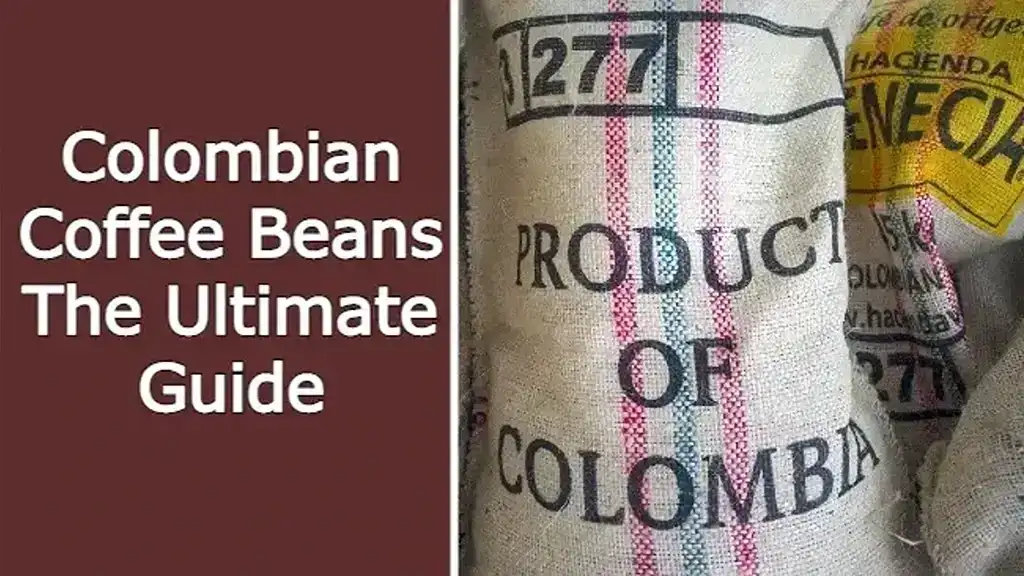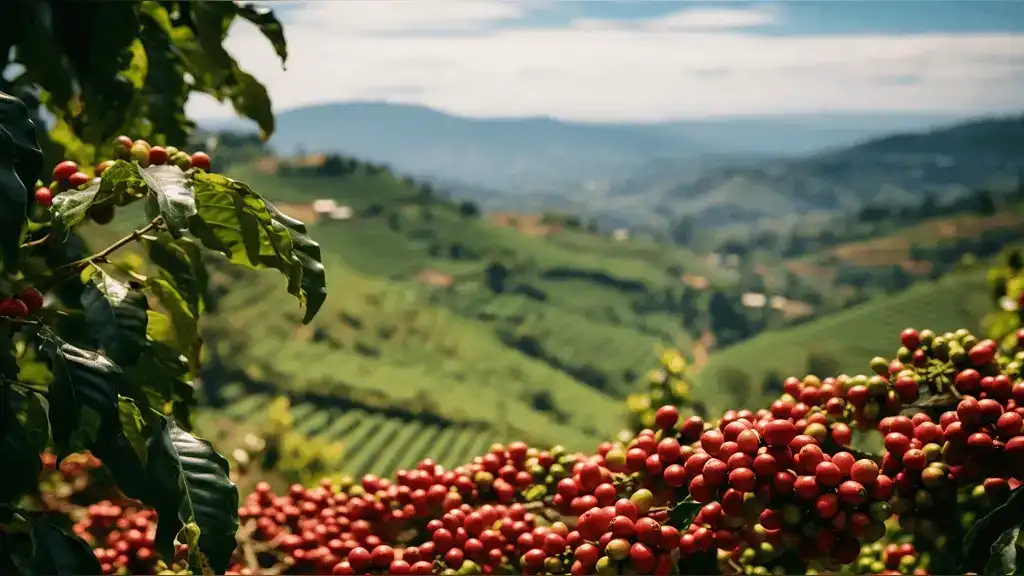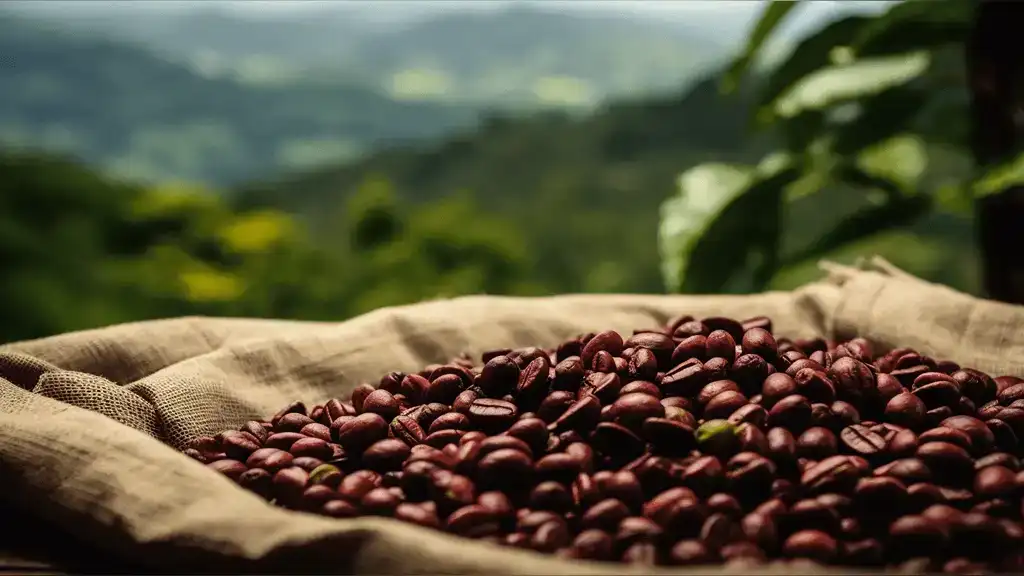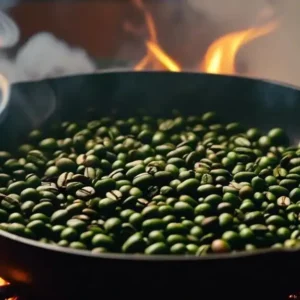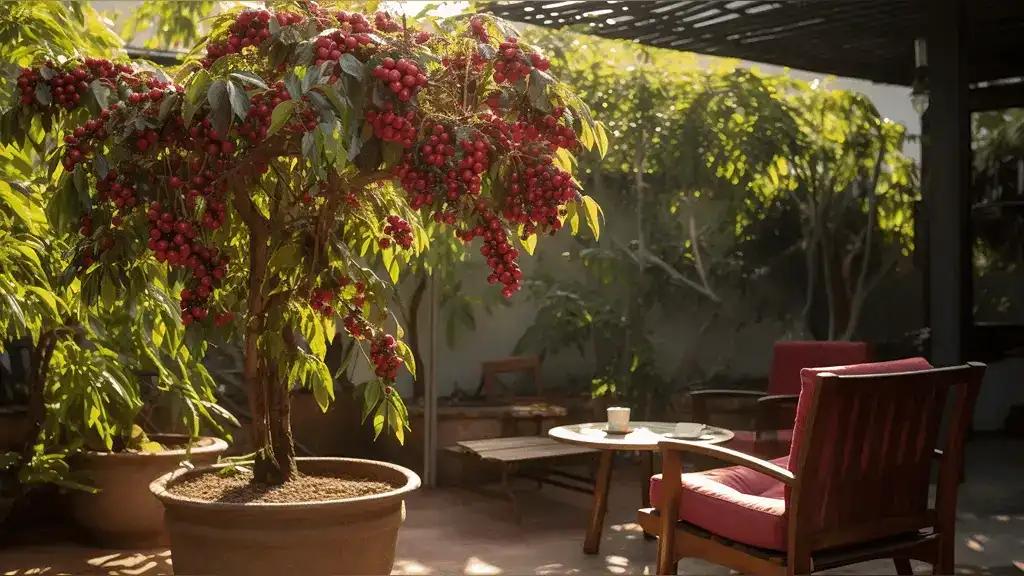Gesha coffee is one of the most prized and sought-after coffees in the world. Grown in the Gesha region of Ethiopia, this coffee is known for its floral aroma and delicate flavor.
With a price tag to match, Gesha coffee is often reserved for special occasions. But what makes this coffee so unique, and why is it so expensive? Let’s find out!
What is so special about Geisha coffee? (Gesha Coffee)
Geisha coffee is a type of coffee that is grown in the mountainous regions of Central and South America. The coffee beans are hand-picked and then sun-dried, which gives them their distinctive flavor.
Geisha coffee is known for its intense flavor and aroma, as well as its high acidity. This makes it a popular choice for espresso drinks. Geisha coffee is also becoming more popular as brewed coffee, due to its unique flavor profile.
So what makes Geisha coffee so special?
- First, the high altitude at which it is grown creates conditions that are ideal for the production of coffee beans with an intense flavor.
- Second, the sun-drying process helps to preserve the delicate flavors of the coffee beans.
- Finally, the high acidity of Geisha coffee makes it a great choice for espresso-based drinks.
If you’re looking for a unique and flavorful coffee, then Geisha coffee is definitely worth trying.
Your passion for coffee knowledge is evident! Take a moment to explore Catimor Coffee’s unique genetics and how it has carved its own space in the coffee world: Unveiling Catimor Coffee Genetics.
Why is Geisha coffee expensive? (Gesha Coffee)
- Geisha coffee is expensive because it is rare and prized for its unique flavor. Geisha coffee (Gesha Coffee) beans are grown in only a handful of countries, making them difficult to source.
- Additionally, the coffee plant produces very few beans, meaning that each tree’s yield is very low. This makes Geisha coffee even rarer and thus, more expensive.
- Finally, the processing of Geisha coffee is very labor-intensive, adding to the overall cost.
All of these factors contribute to why Geisha coffee is some of the most expensive in the world. However, many coffee lovers believe that the price is worth it for the unique flavor and experience that this type of coffee offers.
Discover the allure of Geisha coffee beans, a prized gem from the Ethiopian highlands, celebrated for its floral aroma and delicate flavor. As you unravel the mystique of this luxurious brew, have you ever pondered the Economics of Pricy Beans? Dive into the world of luxury coffee and understand the factors that make some beans command a premium price.
Does Geisha coffee have more caffeine? (Gesha Coffee)
Geisha coffee is a type of coffee that originated in Ethiopia. It is known for its unique flavor and high caffeine content. Some people believe that Geisha coffee has more caffeine than other types of coffee.
However, there is no scientific evidence to support this claim. The caffeine content of Geisha coffee varies depending on the bean, roasting method, and brewing method.
However, most Geisha coffees contain between 70-80 mg of caffeine per cup. This is similar to the caffeine content of other types of coffee. Therefore, it is unlikely that Geisha coffee has more caffeine than other types of coffee.
How much does a cup of Geisha coffee cost?
A cup of Geisha coffee can cost anywhere from $6 to $12 per cup. The price will depend on the location, the quality of the coffee, and other factors. For example, a cup of Geisha coffee from a specialty cafe is likely to be more expensive than a cup from a regular coffee shop.
To get the best price on a cup of Geisha coffee, it’s important to shop around and compare prices from different sources.
You can also look for deals and discounts, such as coupons or promo codes. By doing your research, you can find a great deal on a delicious cup of Geisha coffee.
Why is it called Geisha coffee? (Gesha Coffee)
Geisha coffee is named after the Geisha (Gesha) district in Ethiopia, where coffee beans are grown. The term “Geisha” means “woman of pleasure” in Japanese, which is fitting because these coffee beans are known for their delicate, exotic flavor.
Geisha (Gesha) coffee is often described as having floral or citrus notes, with a hint of chocolate. This unique flavor profile has made Geisha coffee one of the most sought-after coffees in the world.
In recent years, there has been a lot of interest in Ethiopian coffees, and the Geisha (Gesha) variety has been at the forefront of this movement. Thanks to its distinct flavor, Geisha coffee has become increasingly popular among specialty coffee drinkers.
If you’re looking to try something new, or want to explore the world of Ethiopian coffee, Geisha (Gesha) coffee is a great place to start. Who knows, you may even find yourself falling in love with this unique and delicious coffee.
What variety is Geisha coffee? (Gesha Coffee)
The Geisha coffee variety is a type of coffee that was first discovered in Ethiopia. It is characterized by its large size, high quality, and unique flavor profile.
While the exact origins of this coffee are unknown, it is believed to be a natural mutation of the Typica variety. Geisha coffee plants are typically tall and have large leaves.
The beans are also larger than average and have a very light color. When roasted, they produce a coffee with a delicate flavor that is often described as floral or fruity.
Geisha coffee (Gesha Coffee) was first brought to Central America in the early 1900s. Due to its rarity and unique flavor, it quickly became prized by coffee connoisseurs.
Today, it is one of the most expensive and sought-after coffees in the world. While it is still grown in Ethiopia, the majority of Geisha coffee beans come from Panama.
Captivated by the allure of Geisha coffee beans? Enhance your understanding with our Arabica Bean Varieties Guide and explore the diverse world of Arabica coffee!
Furthermore, understanding the health perks of arabica beans can deepen your appreciation for this beloved coffee variety. From its antioxidant properties to its smoother caffeine kick, there’s more to Arabica than just taste.
Additionally, delve into the Excelsa coffee variety details to further expand your coffee knowledge and explore the diverse world of Arabica coffee.
Where Does Geisha coffee Grow?
The Geisha coffee bean (Gesha Coffee) is native to Ethiopia, specifically the Gesha region of Ethiopia. However, the coffee plant did not arrive in Ethiopia until the late 1800s.
The first coffee plant arrived in Ethiopia from Yemen. From there, it spread to other parts of Ethiopia, including the Gesha region.
The Gesha region is located in southwestern Ethiopia, near the border with Sudan. The region has a tropical climate with average temperatures ranging from 18 to 24 degrees Celsius.
The region receives a lot of rainfall, which is ideal for growing coffee plants. The soil in the Gesha region is also very rich and fertile, which helps coffee plants to thrive.
The spread of Geisha coffee in Panama
The Geisha coffee plant was first introduced to Panama in the early 1900s. From Panama, it spread to other parts of Central and South America, including Costa Rica, Colombia, Ecuador, Peru, and Bolivia.
Today, Geisha coffee is grown in many different countries around the world. However, the majority of Geisha coffee beans are still produced in Ethiopia and Panama.
Geisha Coffee Beans vs Pacas Coffee
Geisha Coffee Beans and the Pacas Coffee Guide stand as two distinct yet interconnected subjects within the realm of coffee aficionados. Geisha coffee, renowned for its exquisite flavor profile and rarity, captivates coffee enthusiasts with its delicate floral and fruity notes.
In contrast, the Pacas Coffee Guide delves into the intricacies of cultivating the Pacas variety, offering valuable insights into its growth, processing, and brewing methods. The former intrigues with its taste, while the latter educates on the cultivation of a specific bean variety.
The Pacas Coffee Guide serves as a valuable resource. This guide provides a comprehensive overview of its origins, cultivation techniques, and recommended brewing practices. Discover the art and science behind producing this exceptional bean variety by exploring the Pacas Coffee Guide today.









